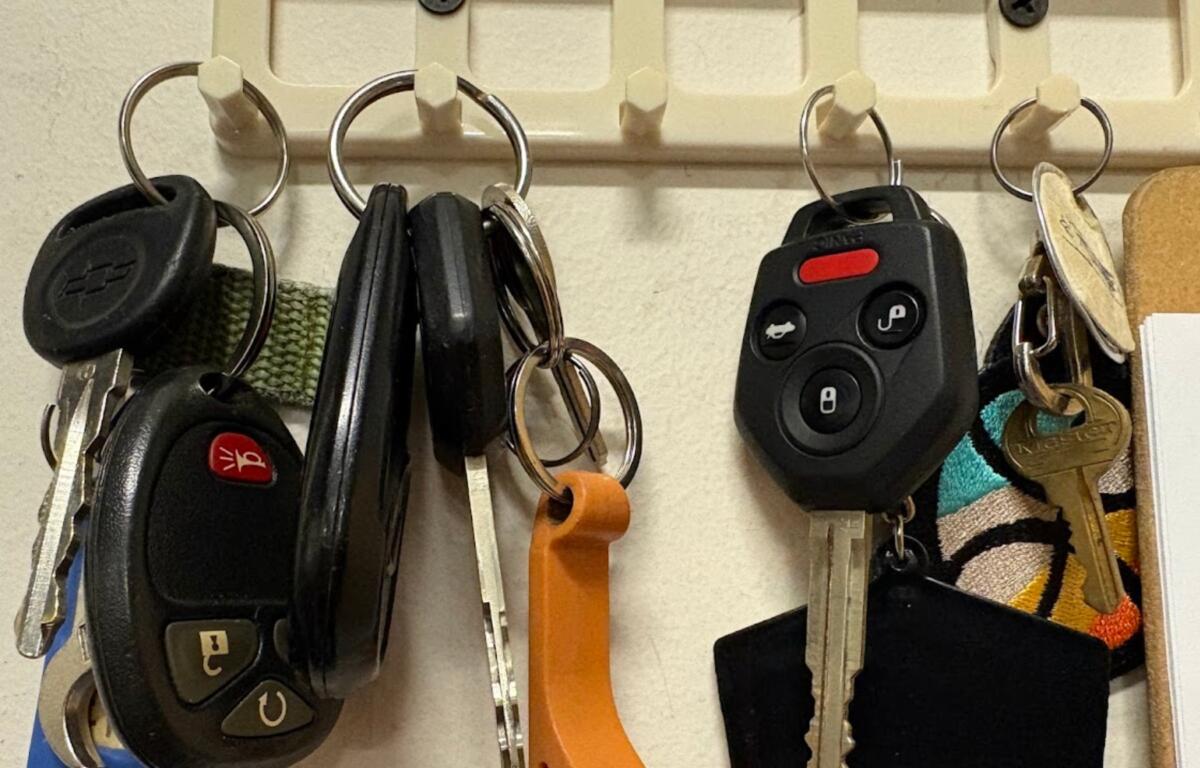ASHEVILLE, N.C. (828newsNOW) — People in Henderson and Transylvania counties are watching anxiously as wildfires in Polk County and Upstate South Carolina spread.
Now is the time to prepare in case an evacuation order is issued. There are some essentials you should include in your to-go bag.
- Prescriptions or medications
- A change of clothes & extra eyeglasses/contact lenses
- Extra car keys, credit cards and cash
- Copies of important documents (birth certificates, passports, insurance information, etc.)
- Pet food & water
Always have sturdy shoes and a flashlight near your bed in case of sudden night evacuations. Familiarize yourself with evacuation routes and plans ahead of time.
While playing the waiting game, residents need to stay informed. Opt in to receive emergency alerts from local governments and government agencies.
Getting emergency alerts
- Get emergency notifications and general Buncombe County information on your smartphone, telephone or email. Click here to sign up.
- AVL Alert is an emergency and non-emergency notification system that enables Asheville officials to provide residents with the information via the communication methods they choose. Click here to learn more.
- AlertHVL is the official notification system used by the city of Hendersonville to communicate emergency and non-emergency information with residents and visitors. Click here to learn more.
- Henderson County’s emergency alert system enables officials to provide residents with critical information quickly in a variety of situations, such as severe weather, unexpected road closures, missing persons and evacuations of buildings or neighborhoods. Click here to learn more.
- Transylvania County residents may sign up for T.E.A.M. Alerts! People who sign up will be notified in the event of an emergency, such as an evacuation or flooding. Residents may also request notification in the event of severe weather impacting the area. Click here to learn more.
- In Madison County, residents may sign up for Community Alerts, which will allow them to receive emergency and community alerts. Click here to learn more.
- McDowell County residents may click here to sign up for emergency alerts.
- Haywood County has an alert center on its website as well as ways to sign up to be notified immediately of emergencies. Click here to learn more.
Get your emergency supply kit ready well before any wildfire or disaster. Make sure it’s accessible for quick evacuation and prepare for the possibility of being away from home for a while.
Here’s a more detailed breakdown of what to include in your to-go bag and how to prepare.
Essentials:
- Water: 3 gallons per person per day.
- Food: A 3-day supply of non-perishable food.
- Medications: Prescriptions and over-the-counter medications.
- First-aid kit: A comprehensive kit with bandages, antiseptic wipes, pain relievers, etc.
- Important documents: Copies of birth certificates, passports, insurance cards, etc.
- Cash: Keep some cash on hand, as ATMs may not be accessible during an emergency.
Comfort and safety:
- Change of clothes: Pack a change of clothes for each family member.
- Flashlight and battery-powered radio.
- Extra batteries: Make sure you have enough batteries for your devices.
- Extra glasses/contact lenses: If needed.
- Baby supplies: Diapers, formula, bottles.
- Things to do: Books, games or toys for kids.
- Personal hygiene: Toothbrush, toothpaste, soap, hand sanitizer, feminine hygiene products and toilet paper.
For pets:
- Pet food: Make sure you have enough food and treats, as well as water.
- Leashes and collars: Keep these readily available.
- Pet carrier: If you plan to travel with your pets.
- Vaccination/veterinarian information
Other:
- Map: A map of the area in case GPS or cell phones fail.
- Phone charger: Keep your phone charged. A power bank or solar charger would be handy, too.
- Extra keys: Have extra keys for your house and vehicle in case you lose your main set.
- Whistle: To signal for help if needed.
- Face mask: To help filter contaminated air.
- Work gloves: To protect your hands.
Evacuation plans:
- Evacuate livestock early.
- Know at least two routes from your home and community.
- Choose a place outside the hazard area where family members can meet.
- Discuss evacuation plans with family members and practice them regularly.
- Monitor local news and weather reports for evacuation orders.
- When an evacuation order is issued, follow the instructions of local authorities.
- Leave early: Don’t wait until the last minute to evacuate.
- Don’t forget to take your go bag with you.
Your go bag should be easy to carry and access. Use backpacks to store items like essentials and personal documents. For food and water, consider a wheeled tub or chest for easier transport. Keep your bag light enough for comfortable lifting into your vehicle.


